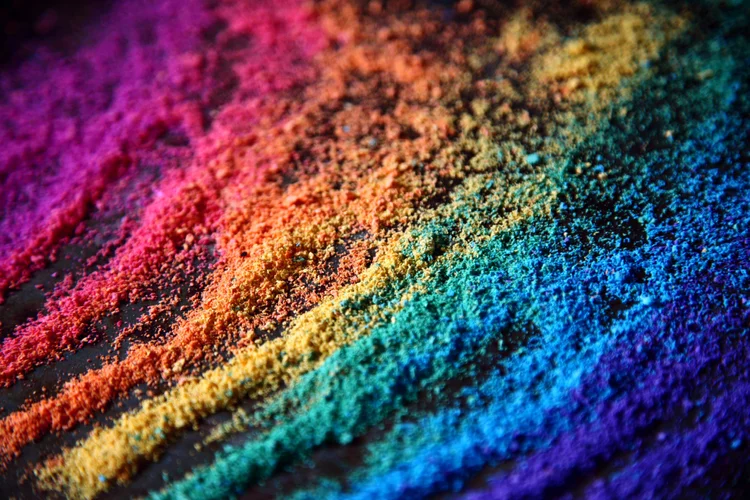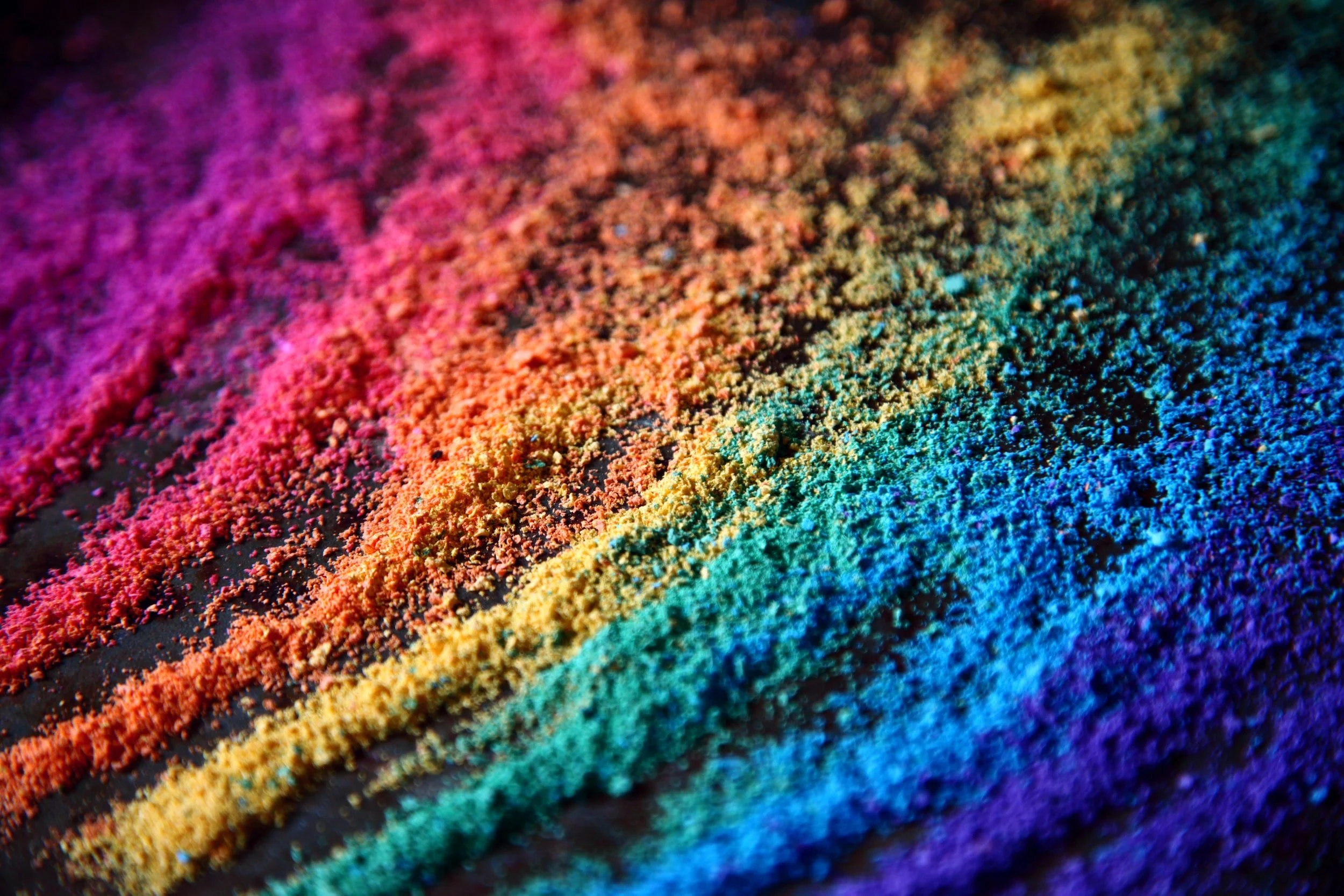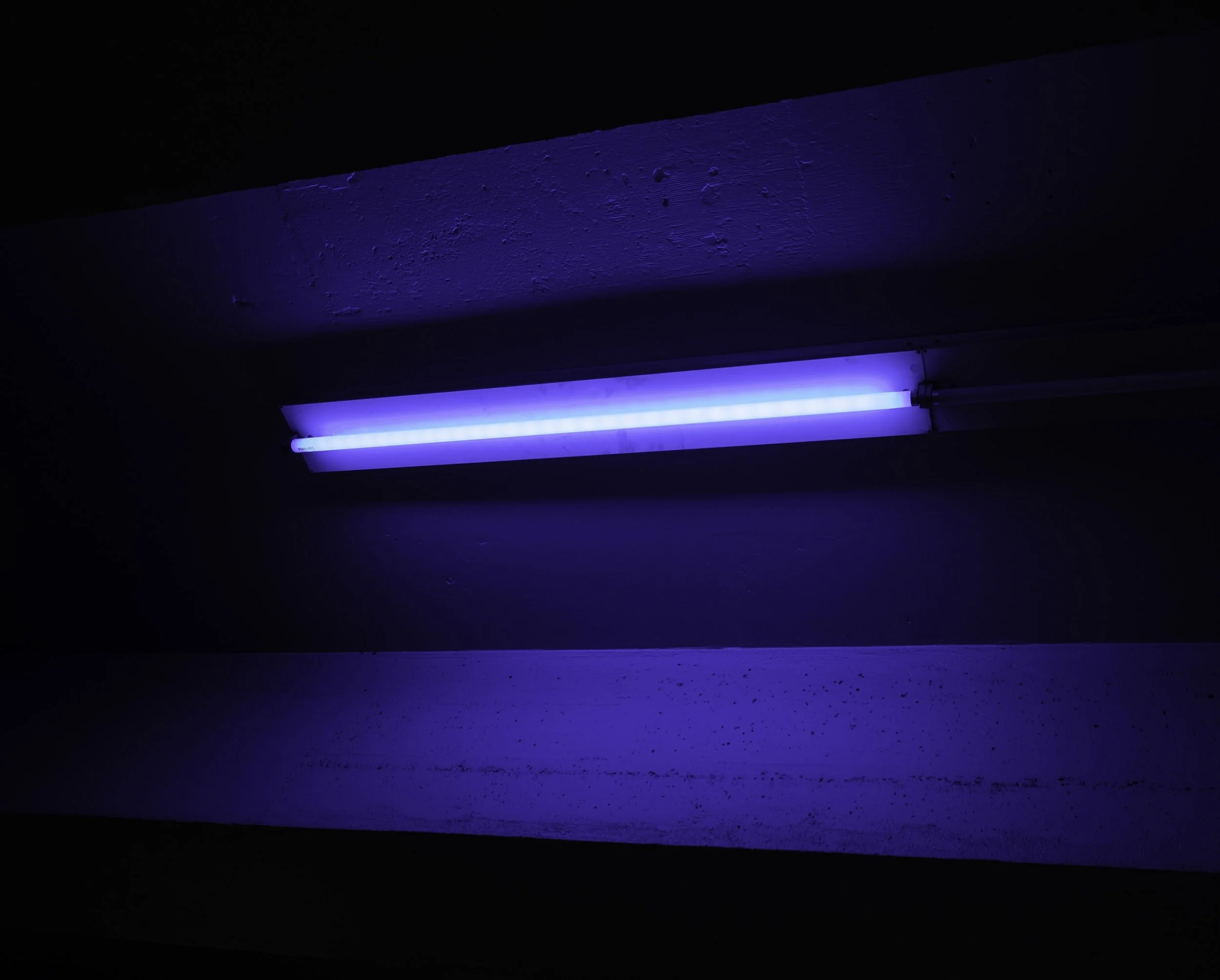Ink Types
Ink Technology
-

Aqueous
There are several types of aqueous inks available, including dye-based inks, pigment-based inks, and hybrid inks.
Dye-based aqueous inks are made with water-soluble dyes and are known for their vibrant colors and high level of print quality. These inks are often used for printing on paper and other porous surfaces and are suitable for a wide range of applications, including brochures, flyers, and posters. One of the main advantages of dye-based aqueous inks is their ability to produce rich, vibrant colors. However, they are not as durable as pigment-based inks and may fade over time or when exposed to light or water.
Pigment-based aqueous inks are made with microscopic particles of pigment suspended in a water-based solution. These inks are known for their durability and are often used for printing on paper and other porous surfaces. Pigment-based inks are resistant to fading and are suitable for a wide range of applications, including business cards, brochures, and marketing materials. One of the main disadvantages of pigment-based aqueous inks is that they may not produce as vibrant of colors as dye-based inks.
Hybrid aqueous inks are a combination of dye-based and pigment-based inks and are known for their ability to produce both vibrant colors and high levels of durability. These inks are often used for printing on paper and other porous surfaces and are suitable for a wide range of applications. One of the main advantages of hybrid aqueous inks is their ability to produce high-quality prints that are resistant to fading. However, they may not be as cost-effective as other types of aqueous inks due to the combination of dye and pigment.
-

Eco Solvent
Eco-solvent inks are a type of solvent-based ink that is made with less toxic solvents and is considered to be more environmentally friendly. These inks are often used in wide format printing and are suitable for printing on a variety of surfaces, including vinyl, banner material, and paper.
One of the main advantages of eco-solvent inks is their ability to produce high-quality prints that are resistant to fading and are able to withstand harsh environments. These inks are often used for printing outdoor signage, trade show graphics, and other types of graphics that are exposed to the elements.
Eco-solvent inks are also known for their ability to produce vibrant, accurate colors and are suitable for a wide range of applications, including printing banners, signs, and posters. These inks are often used in conjunction with wide format printers that are equipped with multiple nozzles, which allow for high levels of detail and smooth transitions between colors.
One of the main disadvantages of eco-solvent inks is that they may be more expensive than other types of solvent-based inks due to the cost of the less toxic solvents. Additionally, these inks may produce a strong odor during the printing process and may require special ventilation or other safety measures.
-

Latex
Latex inks are a type of water-based ink that is made with synthetic rubber. These inks are known for their durability and are often used for printing on a variety of surfaces, including paper, cardboard, and vinyl.
In wide format printing, latex inks are often used for printing banners, signs, and other types of outdoor graphics. These inks are resistant to fading and are able to withstand harsh weather conditions, making them ideal for outdoor use. Latex inks are also known for their ability to produce vibrant, accurate colors and are suitable for a wide range of applications, including printing trade show graphics, point-of-purchase displays, and promotional materials.
One of the main advantages of latex inks is that they are environmentally friendly and do not contain volatile organic compounds (VOCs). This makes them a popular choice for printing applications where environmental concerns are a factor. Latex inks are also known for their fast drying time and are able to produce high-quality prints on a variety of substrates, including paper, cardboard, and vinyl.
One of the main disadvantages of latex inks is that they may not be as durable as other types of inks, such as solvent-based inks. These inks may also be more expensive than other types of inks due to the cost of the synthetic rubber. Additionally, latex inks may produce a strong odor during the printing process and may require special ventilation or other safety measures.
-

Toner
Toner is a type of ink that is used in laser printers and is made with a fine powder that is melted onto the printing surface. Toner is known for its high level of detail and is often used for printing text and graphics.
Toner-based inks are not typically used in wide format printing due to the limitations of the printing technology. Wide format printers are typically designed to print with liquid inks or UV curable inks, rather than toner.
-

UV Curable
UV curable inks are a type of ink that is used in wide format printing and are cured or hardened using ultraviolet light. These inks are known for their fast drying time and are often used for printing on non-porous surfaces like plastic and metal.
In wide format printing, UV curable inks are used in a variety of applications, including:
Signage: UV curable inks are often used to print banners, signs, and other types of outdoor signage. These inks are resistant to fading and are able to withstand harsh weather conditions, making them ideal for outdoor use.
Trade show graphics: UV curable inks are often used to print graphics for trade show displays and other types of temporary installations. These inks are fast-drying and can be used to produce high-quality prints on a variety of substrates, including fabric, cardboard, and foam board.
Packaging: UV curable inks are used to print graphics and text on packaging materials, such as boxes, bags, and labels. These inks are able to produce high-quality prints that are resistant to fading and are suitable for use in a variety of environments, including refrigerated storage.
Decals and labels: UV curable inks are often used to print decals and labels that are used in a variety of applications, including product labeling and warning labels. These inks are resistant to fading and are able to withstand harsh environments, making them ideal for use in industrial and outdoor settings.
One of the main advantages of UV curable inks is their fast drying time, which allows for high production speeds and efficient printing processes. These inks are also known for their ability to produce high-quality prints that are resistant to fading and are able to withstand harsh environments. However, UV curable inks may be more expensive than other types of inks due to the cost of the curing equipment and may produce a strong odor during the printing process.
-

Dye Sublimination
Dye sublimation inks are a type of ink that is used in dye sublimation printing. In this process, the ink is heated to a high temperature and turned into a gas, which is then absorbed by the printing surface. Dye sublimation inks are often used for printing on polyester and other synthetic materials.
In wide format printing, dye sublimation inks are often used to print graphics on fabric or other synthetic materials, such as flags, banners, and trade show graphics. These inks are able to produce high-quality prints that are resistant to fading and are able to withstand the wear and tear of handling and display.
One of the main advantages of dye sublimation inks is their ability to produce vibrant, accurate colors and a wide color gamut. These inks are also known for their fast drying time and are able to produce prints with a high level of detail and smooth transitions between colors.
However, dye sublimation inks are not suitable for all printing applications and are limited to printing on synthetic materials. They are also more expensive than other types of inks and may require specialized equipment and printing processes.
Subscribe to our emails
Subscribe to our mailing list for insider news, product launches, and more.






